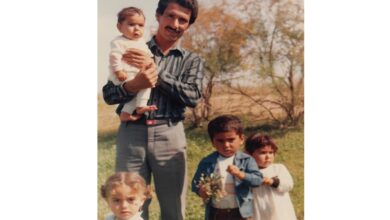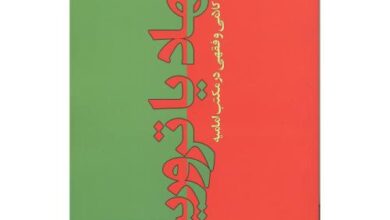Association for Defending Victims of Terrorism – the first court hearing for the trial of 104 members of the Mojahedin-e Khalq Organization (MEK) took place on Tuesday with five lawyers representing the accused.
Held at the 11th Branch of the Criminal Court of Tehran Province, the trial of MEK members was chaired by Judge Dehghani, and court advisors were Morteza Tork and Amin Naseri.
The judge stated that the court oversees a case received from Tehran’s General and Revolutionary Prosecutor’s Office. The case involves the indictment of the terrorist group known as the Mojahedin Khalq, as well as 104 individuals from the group’s central cadre and its main agents.
After studying the indictment and following the principles of criminal procedure, including articles 7, 296, and 382 of the law, the 11th Branch of the Criminal Court of the Tehran Province has declared its jurisdiction to deal with the charges. This decision was made under the procedural law and the Islamic Penal Code, and it is equivalent to judicial notices, according to the judge.
Judge Dehghani stated that following the legal charges, the court conducted a comprehensive investigation into the case. A detailed report has been prepared, and per Article 389 of the Criminal Procedure Law and Article 391 of this law, the head of the branch responsible for investigating the case has acknowledged that the investigation is complete and ready for trial. As a result, an order has been immediately issued to determine the hearing time.
MEK in a glance
After the victory of the Islamic Revolution in 1979, the Marxist cult and terrorist group, which claimed it had played a major role in the victory of the Islamic Revolution, launched a campaign of terror against the Islamic Republic of Iran.
Finally, in 1981 the MEK operatives took up arms and carried out large-scale terrorist operations, assassinating more than 17,000 Iranians. The most important of these actions were the bombings of the Office of the Prime Minister and the Office of the Islamic Republic of Iran Party. The president, prime minister, and head of the Supreme Court were brutally killed in the bombings.
When the MEK escaped from Iran, they went to Iraq and collaborated with Saddam Hussein in his war against Iran in the 1980s. They took up arms against their own country and participated in two operations against the Islamic Republic.
After Iran and Iraq accepted a ceasefire, the NLA (National Liberation Army), MEK’s military branch, with financial and logistical support from Saddam Hussein attacked Iran with the hallucination of conquering Tehran in a few days. As soon as they set foot on Iranian soil, they committed heinous actions such as setting people on fire and hanging them.
The terrorist organization considered itself an alternative to the Islamic Republic of Iran and was doing its best to attack the Iranian people and government in any way possible.
After about 25 years of presence in Iraq, the MEK was expelled at the end of Saddam Hussein’s rule and settled in Albania with the financial support of some Arab countries and the direct support of the Americans.
The MEK was trying to rebuild and portray its new face from a terrorist face to a democratic one by taking measures such as holding political and annual gatherings. To achieve its vicious goals, the MEK kept inviting famous and controversial political figures to its summits.
Yet, the report issued by Human Rights Watch in May 2005, once again revealed the inhumane nature of the terrorist group. The report was issued on alleged human rights abuses committed by MEK.
In 2016, the United States brokered a deal to relocate the MEK to Albania. About 3,000 members moved to Albania, and the U.S. donated $20 million to the U.N. refugee agency to help them resettle.
On 9 September 2016, more than 280 remaining MEK members were relocated to Albania, where they have been protested by the locals.
On June 20th, 2023, the Albanian police launched an operation at the MEK camp in Manez, Durres, on the orders of the Albanian judiciary due to the “violation of agreement and commitments.”
The conflict between police and the MEK left one dead and 36 other camp residents injured.
The state police said that the police didn’t use any deathly means.
The MEK ringleaders have reportedly decided to relocate their base to Canada following the Albanian government’s intense pressures and after the failure of their negotiations with the Paris government over relocation to France.
An informed security source told Tasnim that the MEK terrorists have come up with the relocation plan after the government of Albania and its counter-terrorism court imposed restrictions on the terrorist group following the discovery of incriminating evidence from their Ashraf-3 camp near Manez, a small hill town 30 kilometers west of Albania’s capital Tirana.
“The MEK heads are making preparations for the gradual pullout of their members (from Albania),” the source said.
The source noted that the MEK terrorists have failed to obtain France’s consent for the relocation of a number of their elements to a camp in Auvers-sur-Oise on the northwestern outskirts of Paris.





